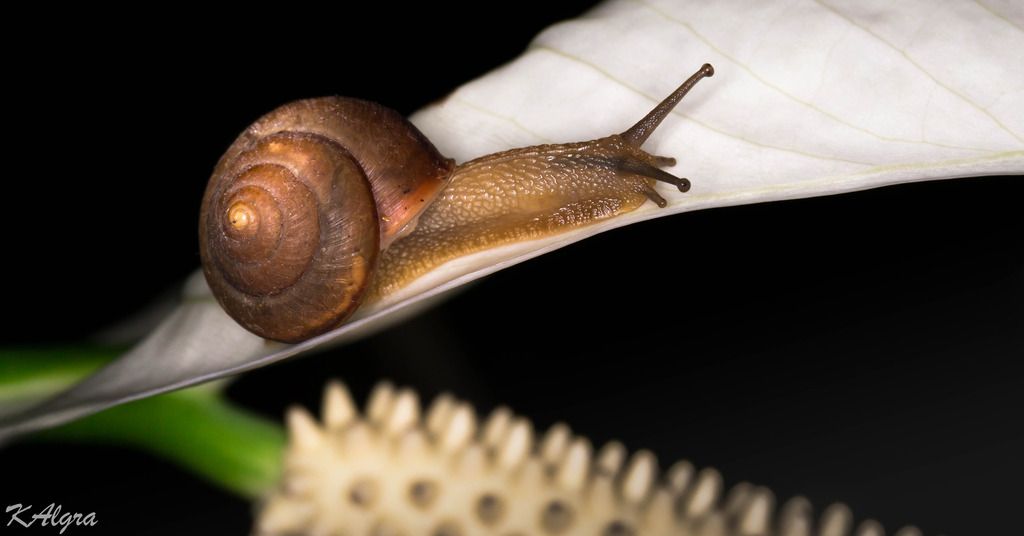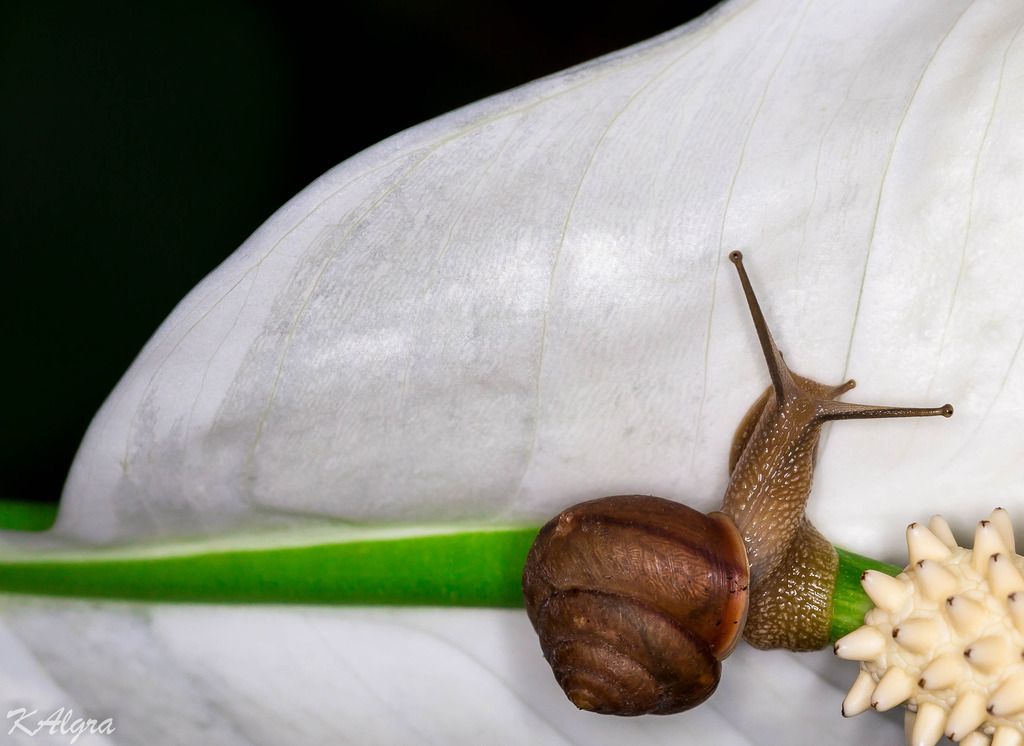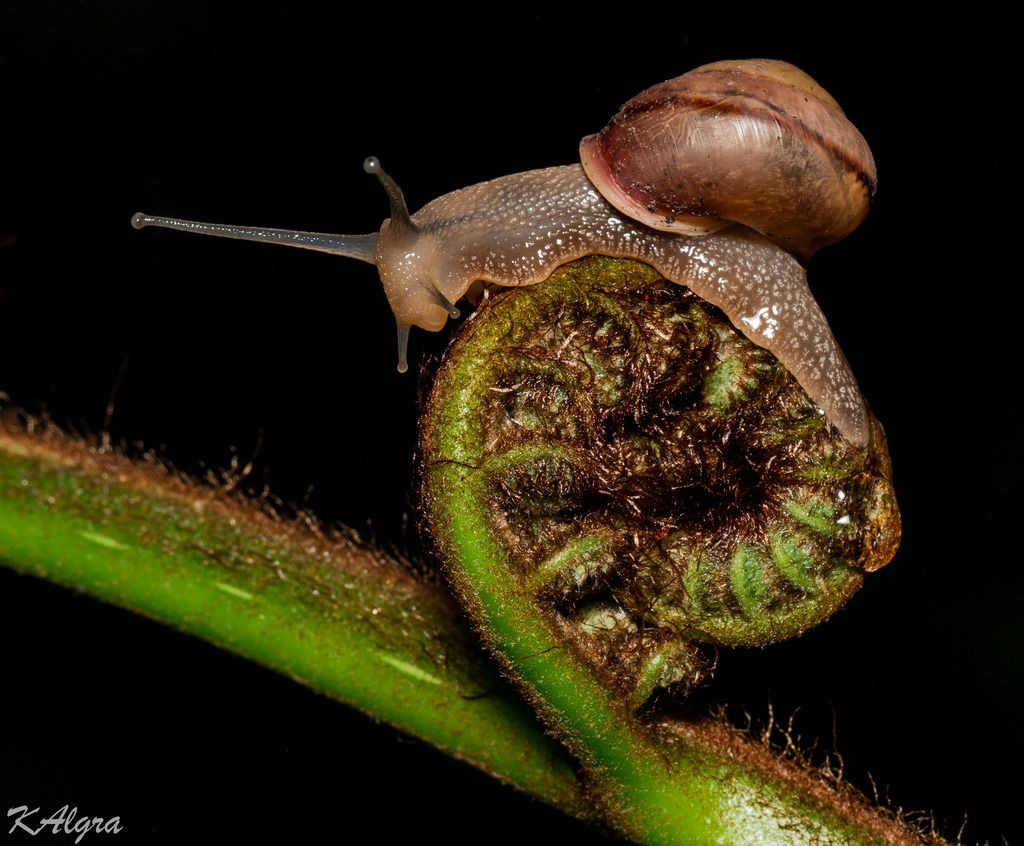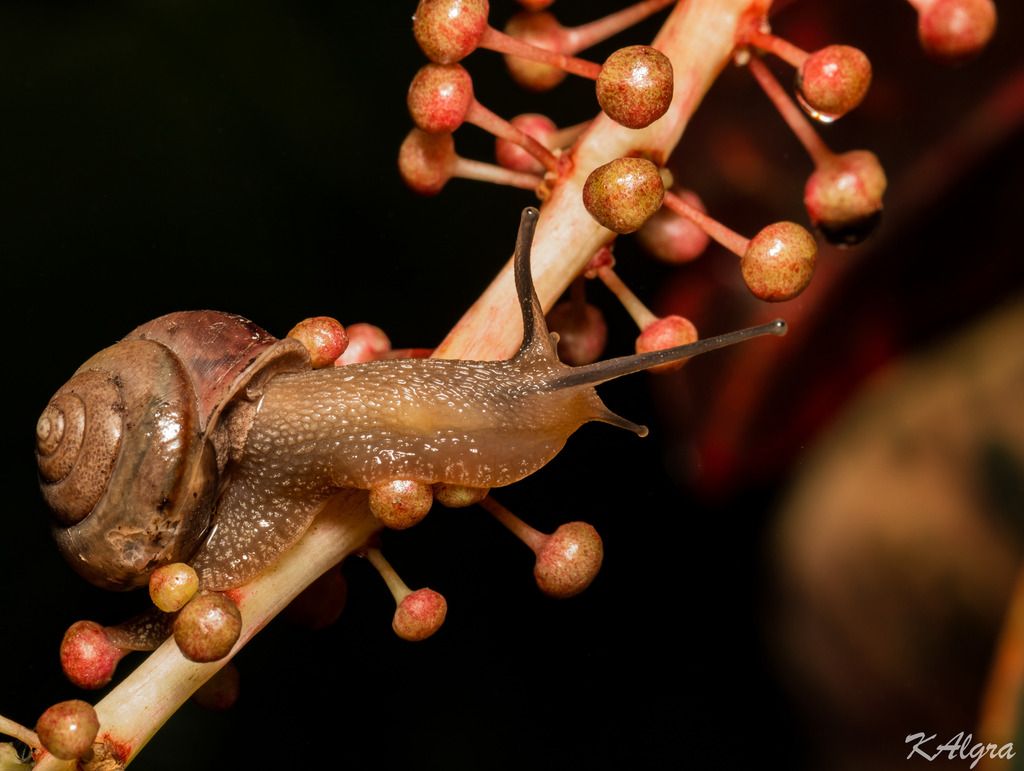ValG;366910 said:
We went with RX1. It's been great so far, we've taken it on a few trips with us so far and got some amazing shots even for me being a total newbie in this. Now trying to get better with manual settings and shooting macro. So much to learn! Just like reefing. And thanks for sharing your experience and knowledge by the way!!
Im not sure how much you already know about what that camera can do so please forgive me if I'm telling you things you already know but if you are new to photography and want to start really getting better these are the things I would learn about first.
1) Get out of shooting in full auto , Program (P), and SCN modes. Although SCN can be nice sometimes but learn to use the the other modes first.
Read about the exposure triangle and understand the relationship between ISO, Aperture, and Shutter Speed. This is kind of like understanding the relation ship of Calcium, Magnesium, and Alkalinity LOL, its essential to good photography the same way Cal, Mag, alk are essential to good reefkeeping. A really good way to ease yourself into Manual mode (M) is to start shooing in the Shutter Priority (S) and Aperture Priority (A) modes first. This gives you more control while still leaving a lot of things in auto. Shutter Priority allows you to select the shutter speed you want and automatically sets the Aperture and ISO accordingly. This is really good for action shots and things that move quickly where you need a high shutter speed. Aperture Priority is very similar in that it allows you to choose your aperture to control depth of field while automatically adjusting ISO and shutter speed. This is great fro landscapes where you want deep depth of field and portraiture where you want shallow depth of field to blur the background. You can take both modes a step further and turn auto ISO off to give you even more control. Once you understand these modes you will by default also understand Manual and the transition will be easy!
2) If you are not already start shooting in RAW instead of JPEG or at least choose for the camera to do both (this will take a lot of space on your memory card as you will essentially be recording two images for every shot taken). Raw gives you maximum post prepossessing control when editing your photos in programs like Lightroom and Photoshop.
3) Your Sony Camera has a really cool feature I wish my Canon did. You have the exposure compensation control conveniently placed at the far right of the camera. Canon has this too and I use it all the time but I have to go into my menu every time I want to change it. This is great for when you take a shot and everything about the photo is good except its either a little under or over exposed. Use this dial to compensate in .5-1 stop increments as needed to properly expose without changing anything else. You can also use this dial for bracketing HDR photos. This is a powerful tool!
4) Learn to use the histogram feature on your camera display. This kind of goes with number 3 above as it will tell you if either your whites or black are blown out. You cant always trust the lcd screen on the camera to tell you if you are properly exposed or not. Those little LCDs are forgiving and you wont always know if your exposure was off until its uploaded to your computer and is too late. If the histogram is heavy to left and not touching the right side you are under exposed and you need to bump up your exposure compensation. The opposite is true if the histogram is heave to the right and not touching the left you are over exposed and again can use that handy little dial to correct it super quick and easy.
4 Learn to use the peaking manual focus assist. I really wish Canon had this! This will paint the parts of the picture in red that are perfectly in focus. This would be great for macro or any other situation where you have shallow depth of field.
Here is a pic of your camera using both peaking assist and Histogram information.
Again I am NO expert! This is just what I would want to know if I was new to Photography and wanted to start getting better if I had your camera. I try to learn something new about photography every day and then try to go apply those things in practice every week. Ive only been really into this for about 5-6 months now so im still learning too.
If anything above dosnt make sense or you would like me to explain further I am more than happy to do so!













